William B. Turpin, Washington, D. C., Business Man, Writes Reminiscent Letter to Portlander.[1]
(Excerpts of a letter received by a Portlander last week from William B. Turpin, a business man residing in Washington, D. C,)
I want to thank you for the very handsome book of the new highway along the Columbia River. I wish I could get my “Ford” out there, for we surely do enjoy a good road, no matter how long it is. Three years ago I gave away my old horse and carriage and inverted in a new car and we have done something over 21,000 miles, the old car running better now than when new.
What a wonderful change the automobile has made in the highways of the country. Nowhere is the change more striking than in the territory directly around Washington. Ten years ago [1906] we had the poorest kin of dirt roads leading out into Maryland, with two “pikes” which were of flinty rock that were death to horses’ feet, destruction to a vehicle and which shook the molars out of an unfortunate passenger. On either side of this rocky road were dirt and sand roads which were usable only in the finest weather.
As 1916 opens we have seven fine macadam or concrete roads leading out into Maryland. , Each of which is as good as any asphalt street we have in Washington.
The first of these roads these Washington by the Anacostia bridge, goes through Anacostia and through the little Maryland towns by a vast fields of tobacco to Leonardtown and through Leonardtown to point Lookout, by the mouth of the Potomac River. Along this road you get glimpses of old Colonial Southern houses and meet frequently the old-fashioned oxcart which is used hardly anywhere else in this section of the country.
Swinging a little to the north, we strike the road to upper Marlborough. This road is practically an elongation of Pennsylvania Avenue to the east, crosses the river by the Pennsylvania avenue bridge and climbs the hills into Maryland for about 15 miles to upper Marlborough, a town which was finished about the time you were born, but where they still put out a mighty fine old-fashioned chicken dinner. This road is being gradually extended into Southern Maryland, a section of the country which has a reputation of selling only what it can’t eat.
A little further at the north again we strike the road to Baltimore, passing through Bladensburg, with its famous spa spring and historical dueling grounds, and straightway through a number of thriving little towns 40 miles to Baltimore. Swinging north again, we come to Georgia Avenue, the old Seventh Street road, which in my youth was a terror to everyone who had to drive over it and which now runs about 30 miles into Maryland over an absolutely perfect road.
Roads Open Leading Suburbs.
Further north and west again is Connecticut Avenue, which gives us an outlet to Cleveland Park and Chevy Chase, are two leading suburbs.
West of this again is the old Rockville Pike, leaving Georgetown at 32nd St., following the line of Braddock’s March through Tennelleytown and Bethesda to Rockville. From Rockville the passage is easy to Frederick, where Barbara Fritchie waved her flag in the face of Jackson’s troops during the late unpleasantness. It is a short run from there to the north to the historic battleground of Gettysburg.
Leaving Frederick again towards the south about 20 miles carries you over the Blue Ridge Mountain to Harpers Ferry, where John Brown’s old Fort can be viewed and where every Hill is historic on account of battles fought during the Rebellion. Here we enter West Virginia and 10 miles more carries us to Charlestown, where John Brown’s trial was held and where we into her the beautiful Shenandoah Valley, going over ground where Mosby guerrillas played their pranks with Sheridan’s troops. Passing through pretty town of Perry’s Hill we are soon at Winchester, where Sheridan started his famous ride. The road through the Shenandoah Valley is picturesque, but tollgate fees make the charges of Sheridan looked like a lead nickel.
Highway Follows Potomac.
The seventh road leaves Georgetown at the aqueduct bridge and follows the banks of the Potomac for 18 miles to the Great Falls. Every inch of the various roads I have mentioned is as good as the best.
Virginia is just waking up and has made in the last year probably 35 miles of highway – class roadway, but anything with wheels under it is careful how it tackles the “sacred soil.” I do not believe that any of this improvement in our highways would have taken place except for the influence of the automobile and we have had to pay our share of it, for every machine from the District of Columbia before he can enter Maryland has to give us an annual tax of from $15-$50, depending on the horsepower.
[1] The Sunday Oregonian. 01-30-1916. Portland, Oregon. Page [9].

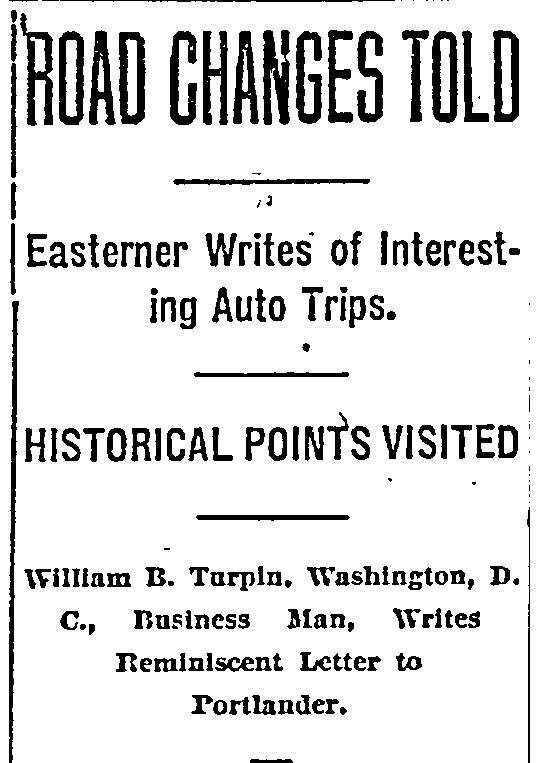
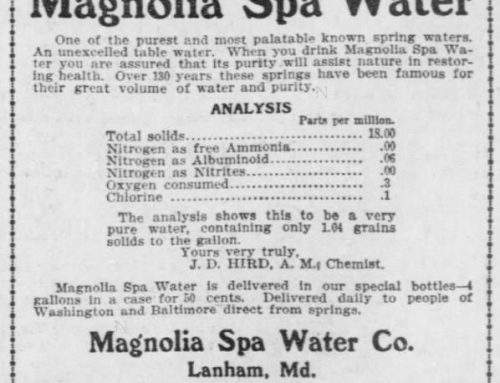
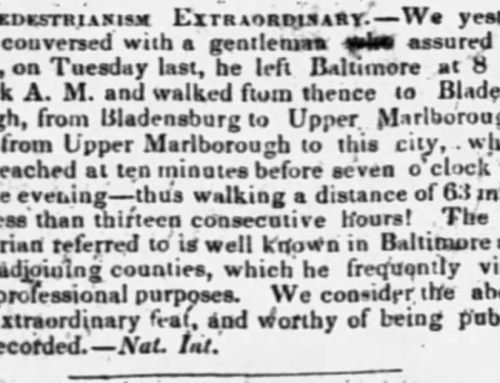
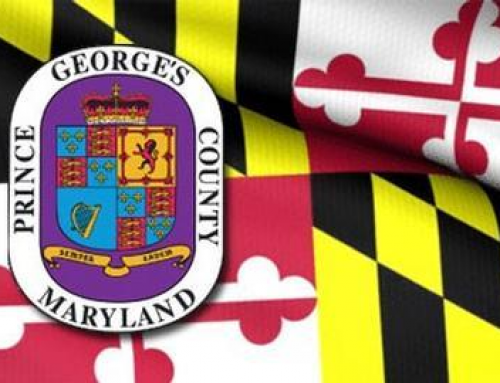
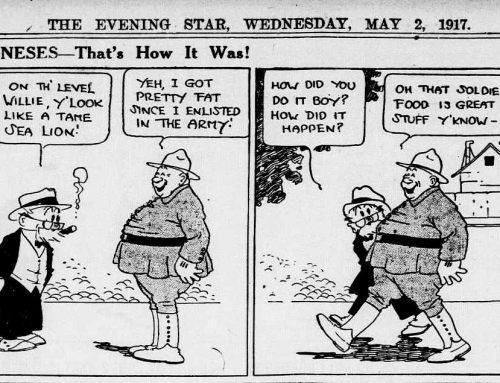
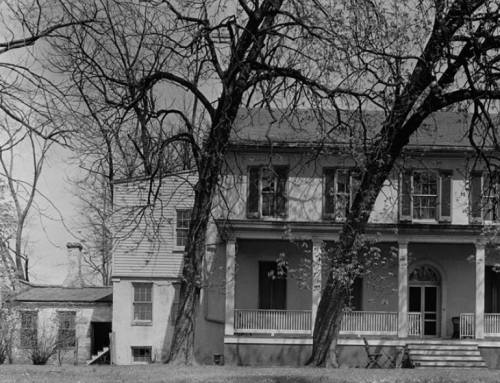
Leave A Comment